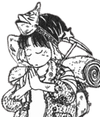Talking games | Ace Combat 3: Electrosphere
Dreams of a digital sky.
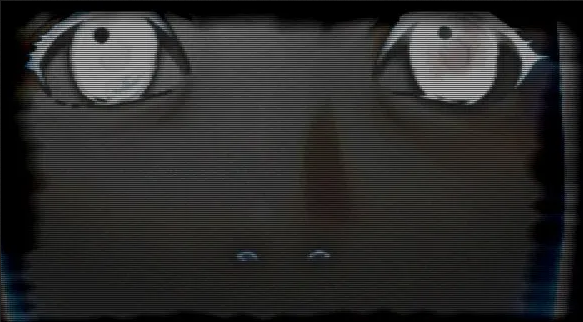
I was never really into planes. When Ace Combat 3: Electrosphere released in Japan on May 27, 1999, I was four, living in a home in the middle of nowhere, close enough to a US Air Force training base that it was not uncommon to look up and see stealth bombers or helicopters or jets fly by; to hear the soft boom of the sound barrier-breaking overhead. Living on the top of a lonely hill surrounded by nothing but open fields and farmland, where the horizon in all directions was a flat line, they seemed almost as common as birds. I remember watching them all the time — black geometric shapes drifting through perfect blue — and like any child, imagining from time to time taking their place up there and doing daring stunts, acts of heroics. But I wasn’t into planes. I was, without question, an indoor kid, and inside there was something far more expansive than the sky to me, more arresting than the planes overhead.
The internet when I was a child and when Ace Combat 3 was released was a very different one than what we have now. A conscious effort was needed to use it then; logging on meant cutting the connection to your phones, to the outside world. To go online was to at once isolate and surround yourself with others. It was like going to Oz, or Wonderland, casting away your home of connections to find a new one, enveloping you at 26kbps. There weren’t tabs to switch to, a short video required an hours-long buffering before you could watch it, and text reigned supreme. Surfing the web as a kid, especially when it was late at night or when the parents didn’t know, really did feel like all the cliches — like what it is like to log on Ace Combat 3’s internet equivalent, the Electrosphere. It was exciting, strange. There was the tinge of the illicit. It was a place where race and gender and class didn’t matter, where anything was possible, where creativity and passion existed unchecked.
Except not. It only seemed that way to a naive, younger me. Identities, separations, discriminations can’t be thrown away so easily, even when rendered invisible. This slow, almost mystical internet was also an internet that gave birth and fostered radical right-wing politics, which insidiously propagated racism and sexism as memes to be consumed and internalized by kids. A place to thrill and profit from shock videos — real tragedies and deaths commodified for bizarre contests of masculinity.


And it is within this internet that Ace Combat 3 exists. Just as it acts in the real world, the Electrosphere finds itself as a tool of radicalization; a central plot point of the game being the emergence of a revolutionary terrorist group known as Ouroboros who believe the Electrosphere is the natural next step for humanity. They see this internet as I saw my internet, as a place where identity can melt away, freed from what I now recognize as the constraints of flesh and capital. They claim a desire to digitize the soul, to literally become a collective one with the Electrosphere; it is only with this technology that we might be freed from the forces controlling us. But even in this fictional world, the beautiful ideologies of Ouroboros are little more than hopeful lies. Just as I learned, things can not be so easily thrown away.
In 1999, Google had been around for only a single year. Amazon had only just begun to expand past books; social media giants such as Facebook and Twitter were still half a decade away. And yet the game manages to predict the internet of today — a world owned by corporations, divided, and demarcated by business allegiance.
The internet is accessed through giant conglomerates. Through Microsoft and Google. Likewise, browsers for the Electrosphere, called Data Sparrows, are tools used by companies turned countries — the two major forces of General Resources and Neucom. Using a different Data Sparrow results in different information; propaganda fed through quickly switching emails and news stories and unfinished videos predicting how we consume information online today (that is to say, quickly and feverishly). Every inch of your experience in the Electrosphere is influenced by the company behind it even when you don’t realize it. The aesthetics. The news you are shown. The people you talk to. It has become indispensable.

I was too young to care about Y2K, the rapidly approaching collapse of technology facing the world, when it happened at the turn of the millennium. There’s no way a six-year-old would understand the societal unease and anxieties born from the birth of the information age and humanity’s almost incomprehensibly fast technological developments. After all, it was the world I was born into. But it is hard to imagine that Ace Combat 3 is entirely unconcerned with this unfulfilled apocalypse. The clash between nature and technology hangs over every inch of the story.
Neucom was originally part of General Resources but split from its founders in pursuit of unrestrained scientific advancement. Their fundamental philosophy is that science is equal to progress, and progress is equal to capital. You see this in their planes which, as the game progresses, gradually take on a more organic design, beginning to resemble almost alien creations with similarly natural names. For Neucom, life and machine are tied together with deep knots. On the other hand, the Adam the Neucom’s Eve split from is more overtly conservative, flirting with a brutalist aesthetic and understanding that science and technology have the power to change the status quo. They claim their concerns are of playing god and the possible irrevocable done to the world, but it is clear their true concern is that pushing technology too far might also push their customers cum citizens away from the company. That technology might make people question their lives. And so they play with these fears of tech, of unease with progress, to keep their citizens in line, to keep them loyal.

It’s a natural tool, fear, used by countries around the world to maintain nationalist fervor; a tool we are all, all too familiar with. While Y2K might now be nothing more than a curious novelty in history that I have no direct memory of, I do remember what everybody remembers; what happened only a year later. I remember planes crashing. But not really — what I remember is simply standing outside school with other students, a teacher coming out to tell us the news. I remember all of us sitting in the gym turned cafeteria being asked to take a minute of silence for the tragedy that had happened in New York, all of us obliging and none of us understanding. I didn’t know it, but it was the start of a senseless war I continued to not understand; a quiet war for money lurking behind every step of my adolescence.
The war which erupts between General Resources and Neucom is difficult to parse. It builds from an infinite chain of microaggressions, from obscure plays at power and boardroom meetings. It is a war in many ways of technology. As the leader of the Ouroboros group, Abyssal Dision, states over and over throughout the game’s various story routes, science is controlled by capitalism. Advancements in technology and medicine are, under the systems we live in, nothing but excuses for profit for those in power, tools of exploitation against the poor, weak, and disenfranchised. Wars erupt over technology because nations and corporations understand: if you control tech, you control people. And as a result, no matter which of the several routes in the game you choose, Ourorobos bombs the Neucom city structure, Megafloat. An untold amount of deaths are brought — civilian deaths, those who are only guilty of being raised and conditioned through a controlling state to not know better, because of what? Nothing, in the end. Build up the reasons and excuses and alliances and betrayals and plots and plans enough, and it all turns into a great nothing. But war is everywhere. It is inescapable. After all, without war, there would be no game, nothing to play, no reason to fly these planes.

Eventually, my family left the country for the town, to a street full of houses and trees obscuring the sky. The sight and sound of planes became much rarer. But I couldn’t escape them. I lived in Kansas, a place where the ghost of Amelia Earhart is as unavoidable as The Wizard of Oz. It’s funny that the cornerstones of our state are all about getting far, far away. Earhart was, for the unaware, an accomplished woman aviator who mysteriously vanished on a flight around the world. Did she live, did she die? Did she crash and discover an unknown tribe deep in the jungle where she spent the rest of her life? As a kid, and even as an adult, it’s hard not to be swept up in the romance of it, of a life so much more fantastic than yours.


The previously mentioned Abyssal Dision is in many ways the central character of Ace Combat 3. It is around him that everything centers. A genius pilot for General who lost their body years ago but whose being lives on in the Electrosphere, he presents a radical ideology of nonbeing, of discarding the flesh and becoming one with everyone and machine. He pushes that naive potential of the internet. He disguises himself behind General and Ouroboros, confusing the player and the public as to just how involved in everything he is. But it is unavoidable that the success of his ideals also necessitates him being forgotten. Casting away the body, desires, and identity, no individuality remains except for the singular collective us. And if that is all that is left, then it almost the same as if Dision had never existed at all. His claimed goal is to erase himself. And when I hear that, I can’t help but think of the legendary beat poet Bob Kaufman.
Kaufman repeatedly expressed throughout his life a great desire to be forgotten. He dreamed of a world where, once he died, it would as if he never existed. It must be painful for him now, having failed. But was his dream even possible? Or does the body reject such a desire no matter how much one might want it? Kaufman wrote many of his poems down, even if only on scrap paper. He published collections. He appeared in films. He made connections. He fell in love. He told his wife once, “I keep trying to die, but you won’t let me.”


Dision too has been locked out of his dreams by love. Forced to, after successfully uploading himself online, watch the needless war for tech control kill the woman he loves, he curses his non-corporeal body. The lack of the physical has become an unbearable reminder of her. He creates Ouroboros as a lie, a sham to trick desperate, lonely followers with promises of an evolution, peace, and freedom that he knows does not exist for the sake of meaningless revenge. Like Kaufman, he wants to die, but she won’t let him. And so he continues, against his self-described philosophy, existing more and more.
And it makes me wonder: did Kaufman truly desire to fall into anonymity, or was that nothing more than a fanciful dream never meant to come true, a pretentious facade that he was never able to convince himself of? And what of Amelia Earhart? If the daydreams of romance are true, if she did trick the world into believing her death and lived out the rest of her life with an unknown tribe or under a new name, then does that mean she was, on some level, after the same thing? Did she succeed where these men failed and escape back into anonymity?

Those false promises made by Dision are pointed towards people like Earhart — ace pilots, the best of the best, people who know what it means to fly, who throw away themselves to exist as nothing other than a shape in the sky to children like me. The game suggests there is something about the very idea of a pilot that is lonely. You see it in all of the characters — how they push each other away while desiring something more, are so far removed from the normal world that citizens might as well not exist; that they are to each other and you nothing more than video messages and faceless aircrafts. It is almost no wonder that they are taken in by Dision’s promises.

In this way, Ouroboros is reminiscent of the proliferation of new-age cults in Japan during the 90s. Being written and developed shortly after the 95 Sarin Gas Attacks in Tokyo, it is perhaps inevitable that this history finds itself invading the story. Like Ouroboros, the cult responsible, the Aum Shinrikyo, believed their mission was to rebuild civilization, to obtain a higher level of consciousness freed from a world mired in materialist lifestyles built by capitalism. They specifically targeted the rich and the elite and preyed upon the very specific loneliness born from the systems they succeeded under not to help these people, but to take advantage of what they might offer. Revenge. Power. The Aum Shinrikyo committed an act of terror scarred onto a nation. Ouroboros is the same.

You can’t stop the bombing of Megafloat. It is a moment much of the game centers itself around, a point of no return which accelerates the conservative ideologies governing life and becomes an excuse for continued violence; potentially millions murdered by the same planes I looked up to, by the ones that bind these pilots together. Scars are formed that will never vanish. This story of the future exists in the wake of the past. I don’t remember 9/11. Not really.
After high school, I left my town for the city, to a college renowned for its aerospace engineering program in a community living off the support of aircraft production and the capitalist stranglehold of the Koch family. Walking through campus, every time a plane flew overhead, everyone instinctively stopped and looked to the sky like chickens in rain. I did too. I’d hear whispers: arguments about what kind of plane it was, where it was manufactured, where it was going, the latest and most minute design changes. As time went on the people I knew would vanish, graduating and leaving for work in aerospace, chasing dreams of the sky while I remained on the ground. They couldn’t help themselves. It was like the planes were calling to them.
One of my favorite Hayao Miyazaki films is The Wind Rises, a gorgeous fictional crossbreeding of the life of famed aerospace engineer Jiro Horikoshi with the semi-autobiographical novel of the same name by Hori Tatsuo. The movie follows the life of Horikoshi and his journey to developing the Mitsubishi A5M and 6M Zero — the flagship fighter planes used by Japan in World War 2. This is a man who desires, at first at least, little more than to fly. He dreams of being a pilot and of becoming one with a plane. But it’s an impossibility — his eyesight is bad, he will never fly, at least not in the way wants. He someone forever stuck on the ground looking up with me. But like my friends, he can’t stay there.


He becomes obsessed with creating planes, with giving others wings which can gaze upon. Even as his wife slowly dies he continues to work, as if possessed by a spirit. And a question hangs over him and the film at large as this happens and his country goes to war — why? Why does he create? Why is he so compelled by these tools used for murder and evil and sin? Why does he help propagate that which wants, and does, take everything from him? The answer is almost too simple: because they are beautiful.
I’m sure Horikoshi would not have minded if his name were lost to time forever, if it were as if he had never existed, as long as he was allowed to see the beautiful planes flying in his dreams escape into the real world.
Rena, a young pilot of almost unbelievable talent, is a lot like Horikoshi. She is like my friends and my classmates. I imagine she is like Earhart. When a fellow pilot questions the purpose of their life and why they aid a meaningless war of violence, her answer is simply “for the sake of flying.” A young woman born with a rare disease that causes extreme pain when in contact with the sun, she has spent her entire life alone under the supervision of scientists using her for their own advancements. To go outside means to dawn what is essentially a spacesuit. It is like she has never belonged to earth, her world one of the sky and the planes, always separated by one degree through video feeds or windows. This makes her an interesting counterpart to Dision: her being is also separated from the physical world, yes, but where Dision pines to have a body again and spews lies about giving the soul up to the digital, Rena wants to lose what is left of hers and acts out on much much of what Dision claims but doesn’t believe. But she isn’t particularly interested in Ouroboros’s promises of a unified humanity. All she wants is to fly, unconstrained by herself or anyone else. Nothing else matters. She joins the group eventually and commits acts of unforgivable violence just for the chance to fly the Night Raven, an experimental plane under the group’s control. The plane represents a dream that she cannot deny, one that overtakes her life.

There is a saying that Portugal has four great poets, and all of them are Fernando Pessoa. He was a man who lived in lies and imagination, adopting countless heteronyms with which to fall into as he wrote. And yet for a man who was always escaping himself, he despised dreams, fate and goals, the prison we construct around ourselves called ambition. Personally, I like to think of this idea in the context of capitalism — dreams and purpose are tools used to prop up the conservative systems. People dream of jobs, of fame, of wealth, of creating families, of becoming somebody important, or of never being forgotten. But these are all dreams corporations share, and by playing into them one cannot help but aid this business-based society. Horikoshi struggled constantly with the knowledge that his dreams of beauty were necessarily tied to the ugliest things. Behind the scenes, Ouroboros works with General to take down Neucom, cutting deals to allow both to profit. For a time, dreams overlap.
But again, like Pessoa and Kaufman, it is like Rena’s very being denies what she wants. Pessoa hated dreams. He had them all the time. And Rena can’t help herself. She keeps feeling.

In another timeline during a heated argument, the pilot Fiona snaps at her sister, Cynthia, who has decided to join Ouroboros for the sake of casting her away her flesh. “Save dreams for when you are asleep,” Fiona tells her. Unlike her sister, Fiona has accepted that she is trapped in a company’s dream. It is not a coincidence that she is also one of the only characters who is always denied a happy ending. But Cynthia cannot help herself — she urges to be free and is blinded to the fact that her escape into Ouroboros is nothing more than falling into yet another structure of conservative control. It is how so many cults work, promising freedom and delivering the opposite. At some point, she has no choice but to continue believing, because her dreams are all that keeps her together, all that keeps her going. Without them, what are any of us?
Five years ago, I moved to Japan. Suddenly in a single trip, I’d flown multiple times more than I had in my entire life. Following in the footsteps of the icons of the state, I escaped and ran away as far as I could. The last time I was on a plane, coming back from a trip to visit family, I spent nearly six of the twelve hours fighting the urge to vomit while two men from the US military sat beside me and formed a friendship. One of them was army. The other, the air force. Both of them hated it.
When you complete all five routes of the game, you receive a final message from Simon, an eccentric scientist who has existed on the edge of the story. Only after everything has finished does he reveal the truth: you are nothing more than an AI running through a programmed simulation. It’s not too surprising; you had already pieced most of it together. The way each mission comes in from static, the fact that you have no face or voice or name (your default name is Nemo — famously “nobody” in Latin), little moments of inconsistencies; everything adding up to the slow acceptance that you have never been anything more than a dream, the fantasies belonging to another made digital. Just as Dision wants revenge on the world, Simon wants revenge on Dision. They loved the same woman. Simon needs Dision — someone he can blame for her death. Like the namesake of Dision’s group, everything eats itself. War has consumed them. It has won. In 2018, the remaining guilty members of the Aum Shinrikyo were executed. On New Years Day, a man drove his car into a crowd of people in protest of their deaths. The next year, a man convinced his ideas has been stolen burned down the Kyoto Animation studio, killing 36.


Ace Combat 3 ends with Simon deleting the simulation, the game itself, the world you have grown to know. It has been a resounding success — no matter what future occurs, Dision will suffer. He will die and all of his hypocritical philosophies will come true. As for the you that exists, Nemo, you will be deleted along with the simulation and released anew into the real world to carry out your predetermined purpose. And when the game is over, that is exactly what happens.

On finishing the game, the first thing I did was go online. I’m always going online.
If we, Nemo, are AI, then we are in good company on the internet. Phone scams and email thefts thrive there. Help chats of predetermined answers, nonexistent people who follow us and inflate our ego or promise sex, accounts that take on the identity of others and decide what they might say through complex algorithms. Sometimes these artificial lives are obvious. Often they aren’t. We all know people who have fallen for them, people who are desperate to believe.
But if we really are programs owned and controlled by others, then are our dreams and paths truly nothing more than borrowed property? Do we really have no say if we are remembered or forgotten? Why then, do we have these bodies of flesh? Why can’t we just exist as the machines we are inside? Why are we cursed to want to fly?
Before the screen turns black for the final time, Simon tells you to, “forget everything you’ve done until now, and with your own eyes, understand the truth of this world.”
I heard a plane the other day. I didn’t look up.

Music of the Week: Communication by Junko Yagami
A classic from a major city pop name deeply and openly indebted to American popular music at the time (if you like Michael Jackson, you'll probably be into this) filled with slapping grooves, bright digital horns, and hooks that'll never leave. But it's also surprisingly varied, touching down into a variety of genres while keeping true to its overarching tone. Take what has to be the highlight for me: "Johannesburg", a perfect slab of city pop reggae that I've had on loop nonstop for a week.
Book of the Week: Tower Dungeon by Tsutomu Nihei



For a while now Tsutomu Nihei has operated in a sort of "one for me, one for them" schedule, each successive title oscillating between abstract bio-flesh sci-fi and riffs on popular trends. If this is true, then his latest, Tower Dungeon, is definitely "one for them", an accessible, marketable fantasy set-up about a group of adventurers exploring a tower to save a princess. There's just one wrench in all of this: even at his most mainstream, Nihei is a complete freak. Continuing his hyper-minimalism where pages are full of whites, dialogue is sparse, and transition panels are completely missing, Tower Dungeon is a perfect showcase for one of manga's great visionaries. It's fun, it's weird, it's alien, and every other page will have your jaw on the floor for one reason or another.
Movie of the Week: Blue Giant (dir. Yuzuru Tachikawa, 2023)
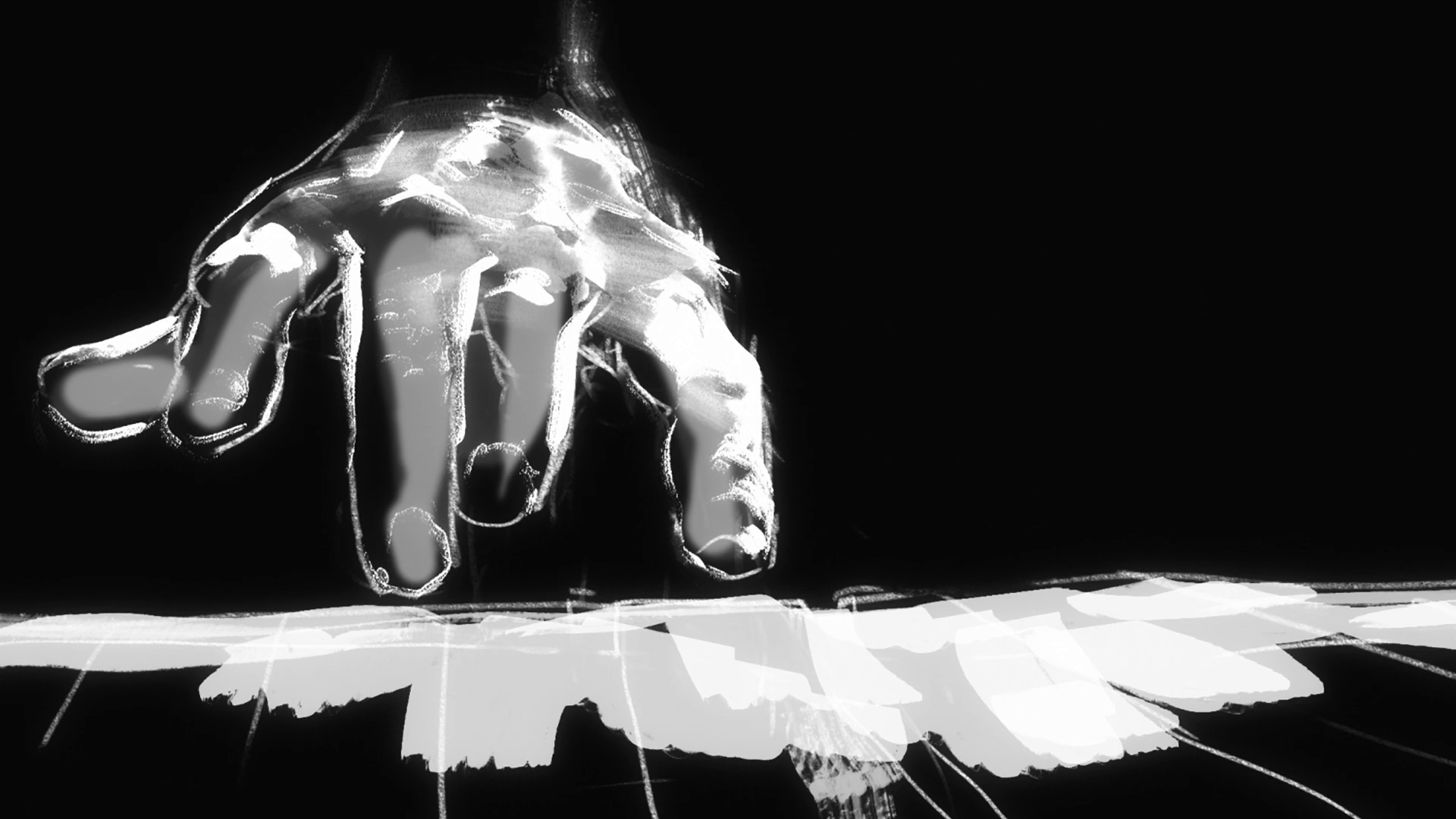

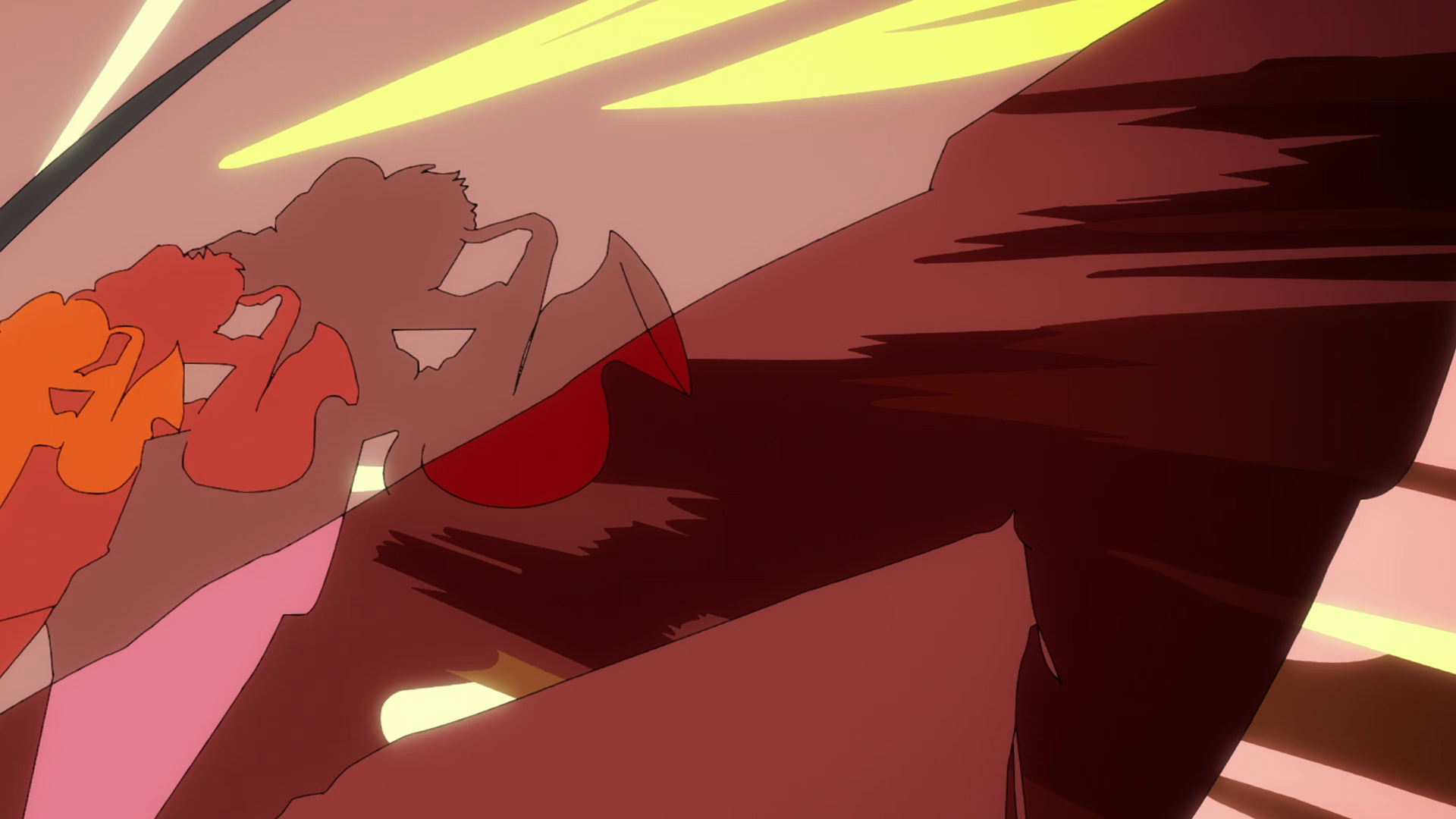
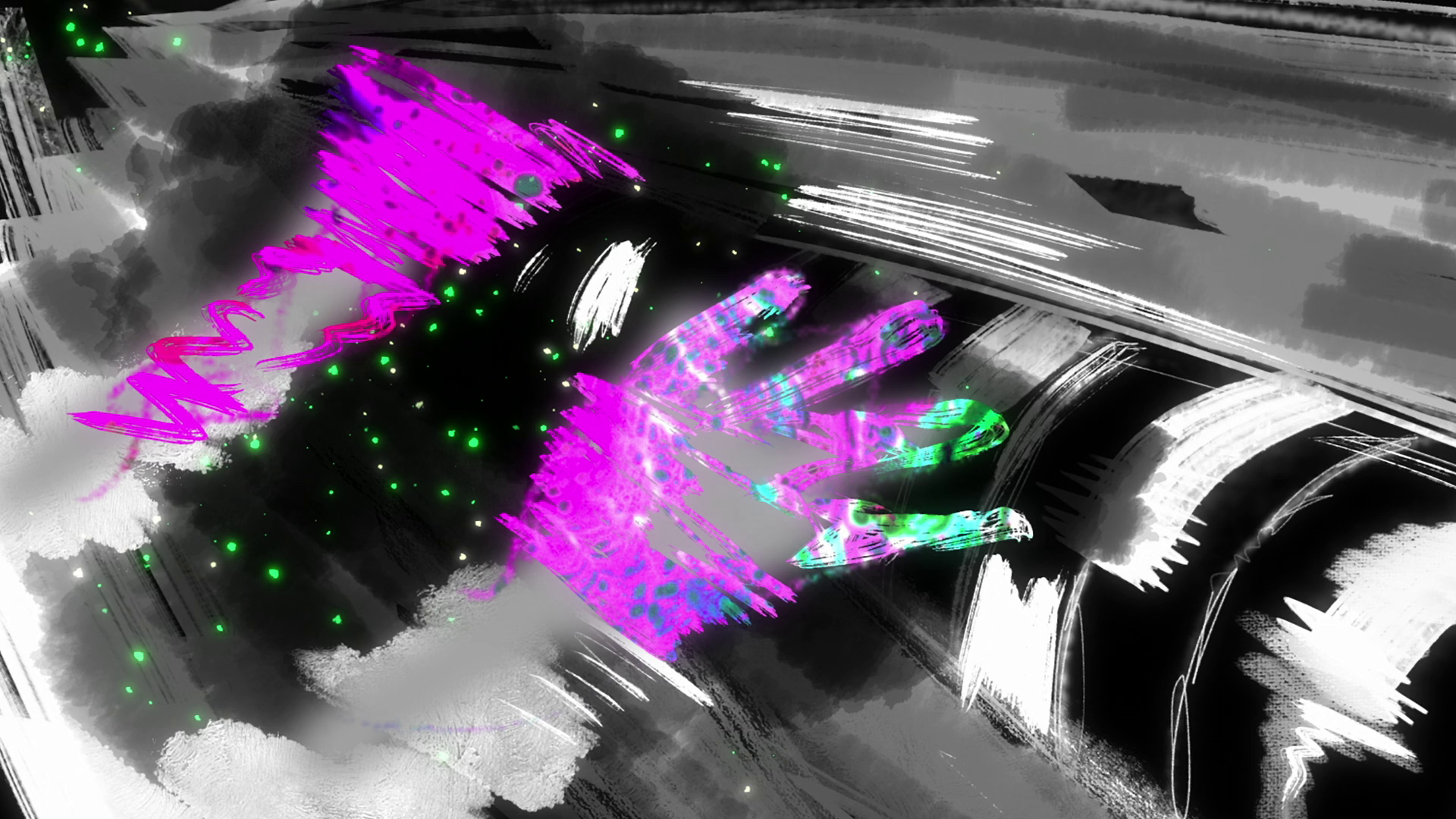
Featuring unquestionably the soundtrack of 2023, a collection of rip-roaring hard bop jazz from Hiromi, Blue Giant applies the shounen sports anime format to a young sax player's career, packed with all of the hot-blooded passion, melodrama, and lessons of friendship you could ever want. What sets it apart though, are the performance scenes--explosive sections of color and abstracted animation representing some of my movie highlights from last year. At its worst? A fun time. At its best? A transcendent exploration of jazz and animation.
oh, and here's a whole bunch of archived Japanese type-in programs

